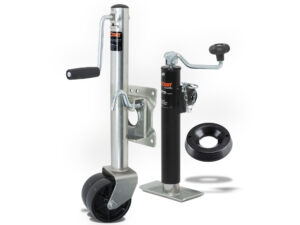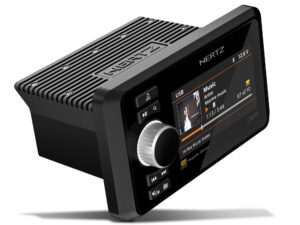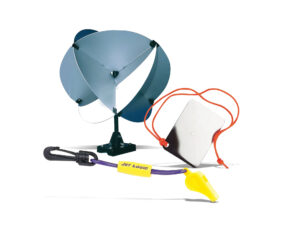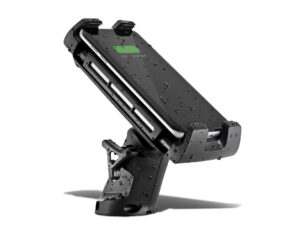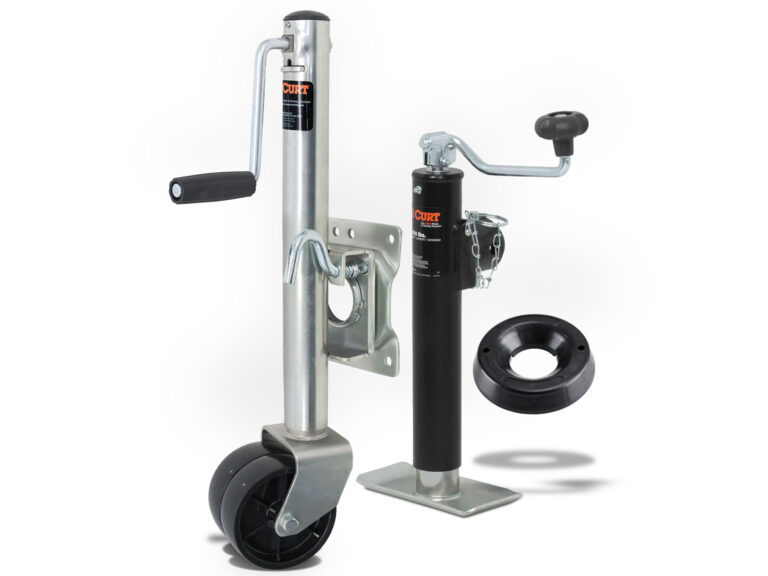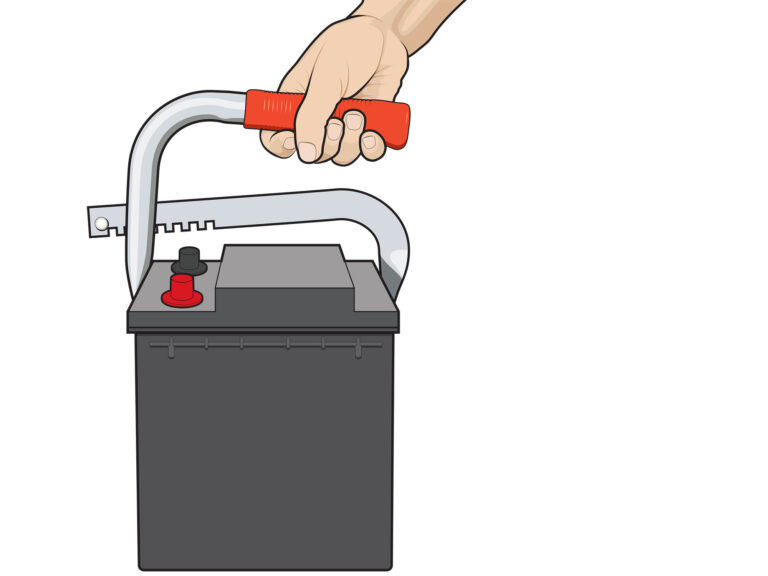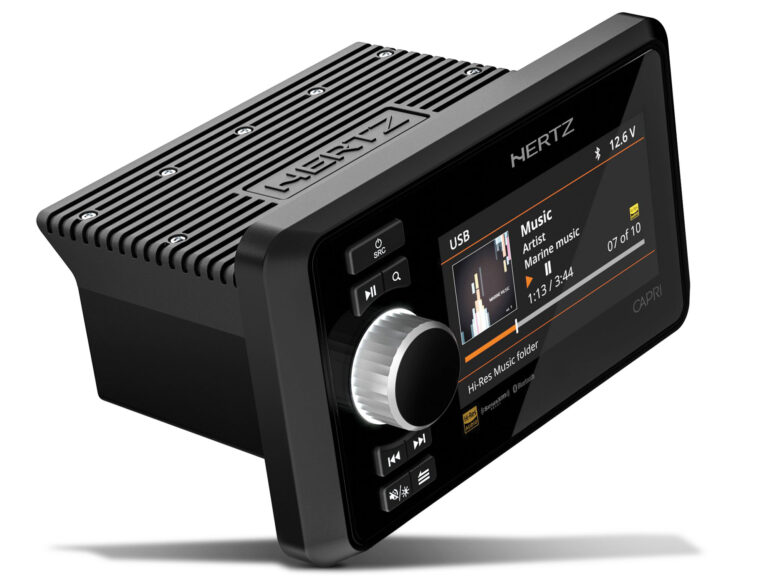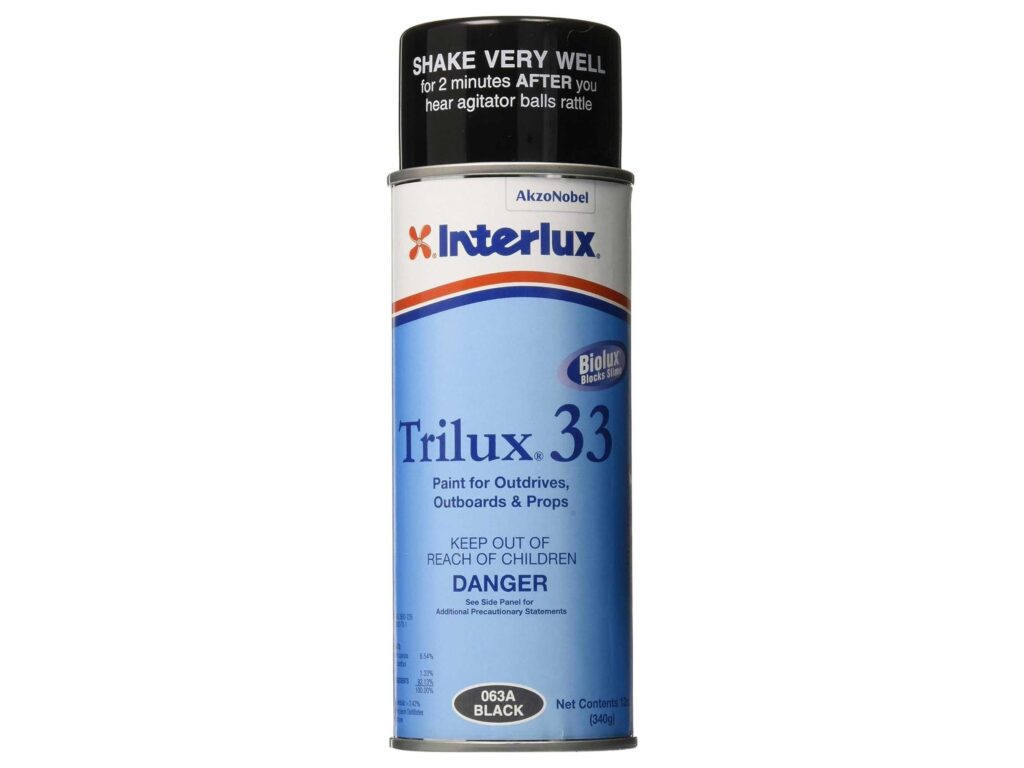
My boat is stored in a wet slip for seven months of the year. It’s on a creek that drains farmland and suburban lawns at one and open to a salty, coastal bay on the other. These elements set the stage for an environment in which marine life—including that which grows on boats, engines and running gear—thrives. Even though I use my boat frequently, top quality antifouling protection is required.
Last year, I applied Interlux Trilux 33 Aerosol to my outboard’s immersed parts (the tip of the gearcase torpedo and the bottom half of the mounting bracket) and also to my stainless-steel trim tabs and to a transom-mounted transducer. The ‘ducer is plastic with a metal bracket.
Following the can instructions, I made sure the surfaces were properly prepped. (The type and state of your submerged metals will dictate your specific prep tasks, so read the can label.) I then applied three coats of Trilux 33. As a guide to coverage this required two full cans to accomplish.
Trilux 33 cures to touch dry in 30 minutes at 50 degrees F, can be overcoated in 12 hours at that temp. and can be immersed 16 hours following that. Those times get longer with colder air temperatures and shorter as the air gets warmer. Trilux 33 can be applied down to 41F, according to the label. Plan accordingly.
Before I get to the results, some background. Aluminum, like what an outboard is made from, requires the use of a copper-free antifoulant. Copper is used in many antifouling paints, and for good reason: It is an excellent biocide. However, it reacts badly with aluminum when immersed in an electrolyte, like seawater. Applying copper to an aluminum boat or motor is almost sure to cause corrosion. So, a copper-free paint is required.
Read Next: How to Apply the Propspeed Antifouling System
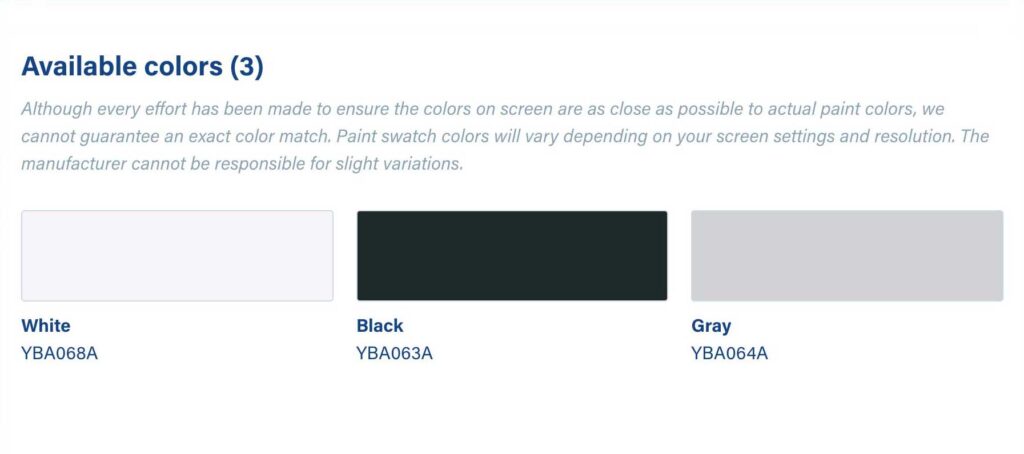
This ability to protect, without damaging my outboard’s aluminum was the biggest reason for choosing Trilux 33 Aerosol. The second reason was ease of application. Coating the curved surfaces of the gearcase torpedo, and all the nooks and crannies and corners of the mounting bracket, is much easier done with a rattle can than with a brush. For that same reason of ease of application, I chose to apply Trilux 33 Aerosol to my trim tabs.
I will note here that Trilux 33 is also available in quart and gallon cans for those applications where using a brush or roller makes the most sense. Or, if you are simply more comfortable brushing and rolling. For instance, were I protecting an aluminum boat hull, I would have chosen this formulation of Trilux 33.
So, how did Trilux 33 Aerosol perform in protecting my outboard and trim tabs from marine growth? You should know that I have kept a boat in this same spot for more than 20 years, still use the boat frequently, and, so, am very familiar with how much growth to expect when I haul out in late fall.
The Trilux did an excellent job.
The worst first, I counted three tiny barnacles, about the size of the tip of my little finger. They decided to find a home in the unused holes in my engine’s mounting bracket. There was a thin layer of grass on the top of the trim tabs; no long beards; it looked as if it had just been formed. By the end of the season, mind you much of an antifoulant’s efficacy can be washed away. Finally, there was only a barely detectable amount of slime that I could detect. Interlux credits this to the inclusion of Biolux technology in the formulation for Trilux 33. It is specifically designed to inhibit slime.
Naturally, Trilux 33 Aerosol can also be used to protect sterndrives and other underwater metals.
Notably Trilux comes in multiple colors. Choose black, gray or white.
In all I rate the performance of Trilux 33 Aerosol, “A-plus,” The end of season fouling I noted was as minimal as I have seen in over two decades keeping a boat in the same location.
Trilux 33 is available in 12-oz aerosol cans, and in quarts and gallons of brushable/rollable paint. ($46.99/$109.99/$358.99; Westmarine.com)

